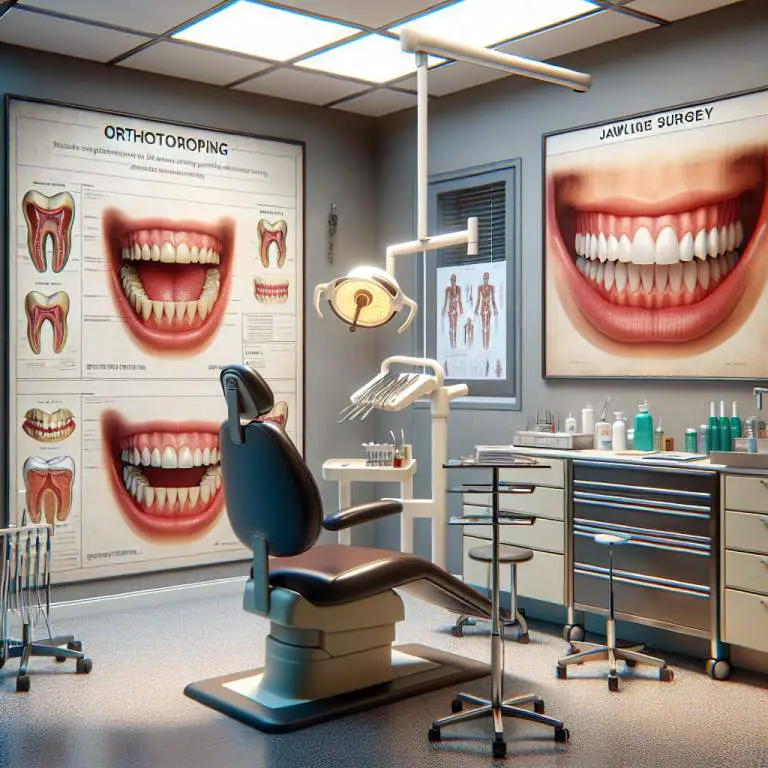How do the safety profiles of mewing and invasive jawline procedures compare?
Mewing, a technique that involves proper tongue posture to potentially reshape the jawline, is generally considered safe with minimal risks. In contrast, invasive jawline procedures, such as surgery or implants, carry higher risks including infection, nerve damage, and the need for revision surgeries. Therefore, for someone prioritizing safety, mewing presents a lower risk profile compared to invasive jawline enhancements.

How does mewing work to reshape the jawline?
Mewing is a technique that involves placing your tongue against the roof of your mouth. This position is supposed to help shape your jawline over time. The idea is that by keeping your tongue in this spot, you’re using muscles in a way that can make your jaw look better.
People who support mewing say it’s all about how you hold your mouth and tongue. They believe that doing this correctly can change how your face looks, especially the lower part around your jaw. It’s like a workout for your face, aiming to give you a sharper, more defined jawline without needing surgery or other treatments.
What are the potential risks associated with mewing?
Even though mewing sounds simple, it’s not without its risks. If done wrong, it could lead to problems like pain in the jaw or even change how your teeth fit together. Since it involves holding your tongue in a specific position for a long time, there’s also the chance it might not be comfortable for everyone.
Another risk is that some people might expect too much from mewing and get disappointed. There’s no guarantee it will work for everyone, and relying solely on mewing instead of seeking professional advice for serious jaw issues could lead to bigger problems down the line.
What invasive jawline procedures are available?
If someone wants a more immediate change to their jawline, there are surgical options available. These procedures can range from implants that make the jaw appear more defined to cutting and reshaping the bone itself. These surgeries are usually done by specialists who know exactly how to enhance or alter the shape of the jaw according to what someone wants.
Another type of procedure involves removing fat from around the jaw area to create a more pronounced look. This can be done through liposuction or other methods specifically designed for facial contouring. These invasive methods tend to offer quicker and more noticeable results compared to non-surgical techniques like mewing.
How do the risks of invasive jawline procedures compare to mewing?
Invasive procedures come with their own set of risks which are generally higher than those associated with mewing. Surgery always carries potential complications such as infection, scarring, or reactions to anesthesia. The recovery process can also be quite painful and requires time off from daily activities.
Compared to surgery, mewing is much less risky since it doesn’t involve any cutting or altering of physical structures directly. However, as mentioned earlier, incorrect practice can still lead to issues albeit less severe than surgical complications. Ultimately, both options carry different levels of risk depending on what someone is willing to undergo for cosmetic changes.
| Risk Factor | Mewing | Invasive Jawline Procedures |
|---|---|---|
| Physical Harm | Low – Incorrect technique may lead to jaw discomfort or TMJ issues. | High – Risk of infection, nerve damage, and complications from anesthesia. |
| Financial Cost | None to minimal (if consulting a professional for guidance) | High – Includes surgery costs, anesthesia, hospital stay, and potential follow-up procedures. |
| Recovery Time | None required | Weeks to months, depending on the procedure and individual healing process. |
| Long-term Effects | Potentially positive if done correctly; changes in facial structure are gradual and non-invasive. | Potential for both positive aesthetic outcomes and negative effects such as loss of sensation or asymmetry. |
| Risk of Regret | Low – Non-invasive and reversible with no permanent change. | Higher – Permanent changes may not meet expectations or could result in dissatisfaction. |
| Ease of Reversal | High – Any minor adjustments from mewing can naturally revert over time without intervention. | Low to none – Surgical alterations are permanent; corrective surgery might be needed for undesired outcomes. |
| Social Downtime | None | Potential weeks of recovery affecting social and professional engagements. |
| Risk of Dependency | None | Moderate to high – Some may seek additional procedures for further enhancements or corrections. |
Can mewing provide results comparable to surgical options?
Mewing, a technique that involves proper tongue posture, has gained attention for its potential to reshape the jawline without surgery. Some people believe that by consistently practicing mewing, they can achieve results similar to those of cosmetic surgery. However, it’s important to note that the effects of mewing can vary greatly from person to person.
While surgical options offer immediate and noticeable changes, mewing requires patience and time. The process is gradual and subtle, and there’s no guarantee of achieving the same level of transformation as with surgical procedures. It’s also worth mentioning that mewing primarily focuses on natural growth and alignment, which differs from the structural alterations made during surgery.
How long does it typically take to see results from mewing versus surgical interventions?
The timeline for seeing results from mewing can be quite lengthy. For some individuals, noticeable changes may begin to appear after several months of consistent practice. However, for many others, it might take years to observe any significant transformation. This slow progress stands in stark contrast to surgical interventions, where results are typically visible as soon as the swelling subsides post-operation.
Surgical jawline enhancements provide immediate outcomes but come with their own set of risks and recovery time. On the other hand, mewing is a non-invasive approach that demands persistence and discipline over an extended period without any recovery phase. The choice between these two methods depends on one’s preference for speed versus natural progression.
What do experts say about the effectiveness and safety of mewing?
Opinions among dental and orthodontic professionals regarding mewing are mixed. Some experts acknowledge that proper tongue posture can contribute positively to oral health and potentially influence facial structure subtly over time. They emphasize that while mewing might help in aligning the jaw and improving breathing patterns, expecting dramatic cosmetic changes might lead to disappointment.
Other professionals express skepticism about the effectiveness of mewing in significantly altering one’s jawline or facial appearance. They caution against viewing it as a replacement for professional medical advice or orthodontic treatment. Regarding safety, since mewing is essentially about maintaining correct tongue posture, there’s minimal risk involved when practiced correctly under guidance.
Final Thoughts
Mewing presents an intriguing option for those looking into non-surgical ways to potentially enhance their jawline appearance. Its appeal lies in its simplicity and non-invasiveness compared to traditional surgical methods. However, individuals interested in this technique should manage their expectations regarding the extent and timeframe of possible changes.
Ultimately, whether considering mewing or surgical interventions for jawline enhancement, consulting with healthcare professionals is crucial. They can provide personalized advice based on individual needs and conditions ensuring both safety and satisfaction with the chosen method.







